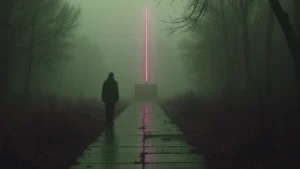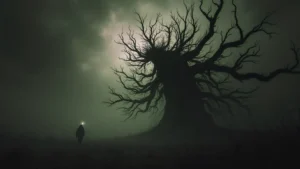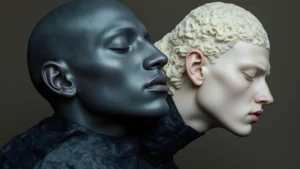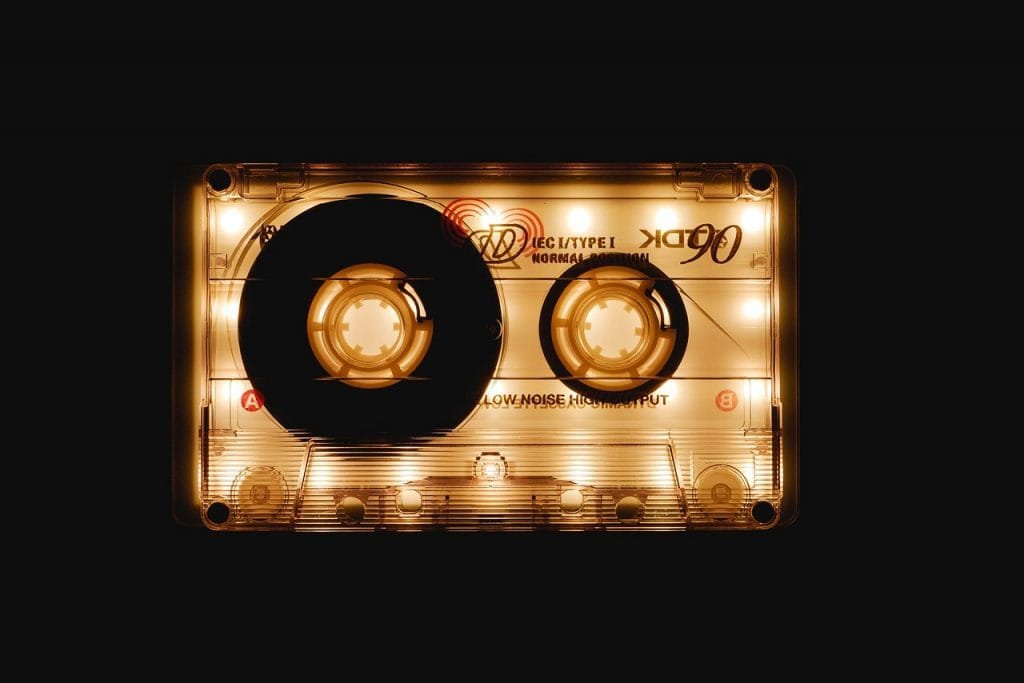Drone music, characterized by its sustained or repeated sounds, notes, or tone clusters, represents one of the most fascinating developments in experimental music. While it has gained significant attention in contemporary electronic and avant-garde music scenes, its roots stretch back through centuries of musical tradition and found a crucial turning point with the emergence of musique concrète in the mid-20th century.
Origins and Historical Context
The use of drone sounds in music is as old as music itself. Traditional forms can be found in the didgeridoo practices of Indigenous Australian cultures, the bagpipes of Scotland, and the tambura of Indian classical music. These early manifestations of drone music served various purposes, from spiritual practices to creating harmonic foundations for melodic exploration.
One of the most significant historical examples is the use of the drone in Indian classical music, where the tambura provides a continuous harmonic foundation that supports and enriches the main melodic line. This practice, dating back over a thousand years, demonstrates how drone sounds can create a meditative atmosphere while simultaneously providing a tonal center for complex musical elaborations.
The Impact of Musique Concrète
The development of drone music as we know it today was significantly influenced by the emergence of musique concrète in the late 1940s. Pierre Schaeffer, working at Radiodiffusion-Télévision Française (RTF), pioneered this revolutionary approach to musical composition. Musique concrète introduced the concept of using recorded sounds as raw material for musical composition, fundamentally changing how composers approached sound and music creation.
Schaeffer’s techniques, including tape manipulation, sound isolation, and loop creation, provided new tools for creating and manipulating sustained sounds. His work at the Groupe de Recherche de Musique Concrète (GRMC) established methodologies that would later become crucial for drone music composers. The ability to capture, manipulate, and extend sounds indefinitely through tape loops and electronic processing opened new possibilities for creating sustained, evolving soundscapes.
The Bridge to Contemporary Drone Music
The transition from musique concrète to modern drone music was facilitated by several key figures and developments in the 1960s. La Monte Young, often considered the first minimalist composer, was particularly instrumental in this evolution. His work “The Second Dream of the High-Tension Line Stepdown Transformer” (1962) exemplified how electronic drones could be used to create immersive, time-altering musical experiences.
Young’s Theatre of Eternal Music, formed in 1962, became a crucial experimental ground for drone music. The group, which included artists like Tony Conrad and John Cale (who would later join The Velvet Underground), explored the possibilities of sustained tones and alternative tuning systems. Their work demonstrated how the principles of musique concrète could be applied to live performance and extended duration pieces.
Technical Innovations and Artistic Development
The development of drone music has been intrinsically linked to technological advancement. The emergence of synthesizers in the 1960s and 1970s provided new tools for creating sustained, complex tones. Artists like Terry Riley and Éliane Radigue embraced these technologies, creating works that explored the subtle variations and psychological effects of sustained electronic tones.
Radigue’s work is particularly noteworthy as it bridges the gap between musique concrète and drone music. Having worked with Pierre Schaeffer and Pierre Henry at the Studio d’Essai in the 1950s, she later developed her unique approach to electronic drone music using the ARP 2500 synthesizer. Her compositions, characterized by incredibly subtle and gradual transformations, demonstrate how the principles of musique concrète could be applied to electronic drone creation.
The Role of Recording Technology
The evolution of recording technology has played a crucial role in the development of drone music. The ability to create perfect loops, layer multiple tracks, and manipulate sound with increasing precision has expanded the possibilities for drone composition. Modern digital audio workstations (DAWs) have made it possible to create infinitely sustained sounds with complex modulation and transformation capabilities that were unimaginable in the early days of musique concrète.
This technological evolution has not only influenced the creation of drone music but also its distribution and consumption. The ability to create high-quality recordings of extended drone pieces has made this form of music more accessible to audiences worldwide, contributing to its growing influence in contemporary musical culture.
Contemporary Practice and Cross-Cultural Influence
Modern drone music exists at the intersection of various musical traditions and technological innovations. Contemporary artists continue to draw inspiration from both ancient drone practices and the experimental approaches pioneered by musique concrète. Musicians like Phill Niblock, Sarah Davachi, and Sunn O))) have developed distinct approaches to drone music, demonstrating the genre’s versatility and ongoing evolution.
The influence of musique concrète’s methodology remains evident in contemporary drone music through:
- The use of found sounds and field recordings
- The manipulation of recorded material to create extended soundscapes
- The emphasis on timbre and texture over traditional musical elements
- The exploration of psychoacoustic effects through sustained sounds
Technological and Compositional Techniques
Contemporary drone music employs a wide range of techniques inherited from both musique concrète and electronic music traditions:
- Sound Processing: Modern drone artists use various processing techniques to create complex, evolving textures from simple source material.
- Layering: Multiple drones are often combined to create rich harmonic landscapes.
- Microsound: The exploration of minute sonic details within sustained tones.
- Spatial Distribution: The use of multiple speakers or channels to create immersive sonic environments.
Social and Cultural Impact
Drone music has evolved beyond its experimental origins to influence various aspects of contemporary culture. Its meditative qualities have led to its adoption in therapeutic settings, while its emphasis on extended duration and minimal variation has challenged conventional approaches to musical time and structure.
The genre has also influenced other forms of experimental music, including:
- Ambient music
- Noise music
- Minimalist composition
- Electronic dance music
- Contemporary classical music
Looking Forward
As technology continues to evolve, new possibilities for drone music creation and distribution emerge. Virtual reality and spatial audio technologies offer new ways to experience drone music, while artificial intelligence and machine learning provide new tools for generating and manipulating sustained sounds.
The connection between drone music and musique concrète remains relevant as contemporary artists continue to explore the fundamental questions raised by these pioneering movements:
- What constitutes music?
- How can technology expand our sonic possibilities?
- What is the relationship between sound, time, and human perception?
The evolution of drone music from ancient practices through musique concrète to contemporary forms represents a fascinating journey in musical experimentation and technological innovation. The influence of musique concrète’s methodologies and philosophical approaches continues to shape how artists approach drone music creation, while new technologies and cultural contexts provide fresh opportunities for exploration and expression.
As we look to the future, drone music remains a vital field for sonic experimentation, continuing to challenge our understanding of music while providing new ways to experience sound and time. The ongoing dialogue between traditional practices, technological innovation, and artistic vision ensures that drone music will continue to evolve while maintaining its connection to its historical roots in both ancient musical practices and the revolutionary approaches of musique concrète.





